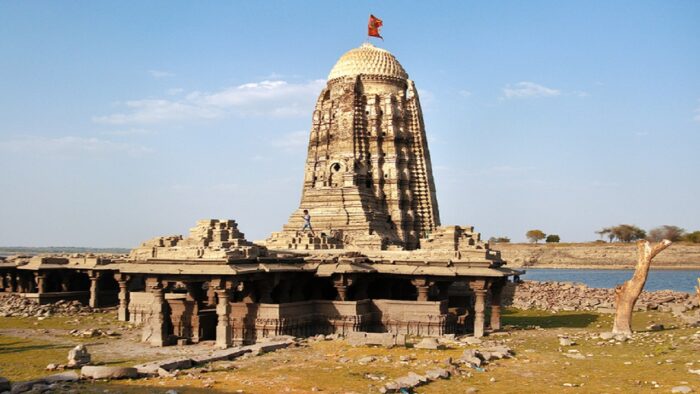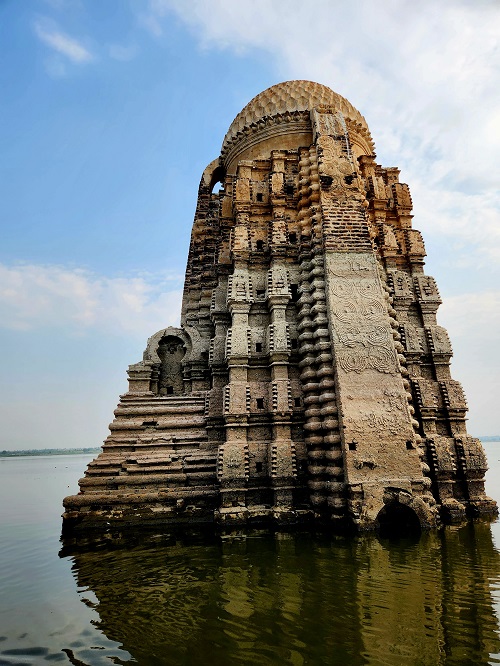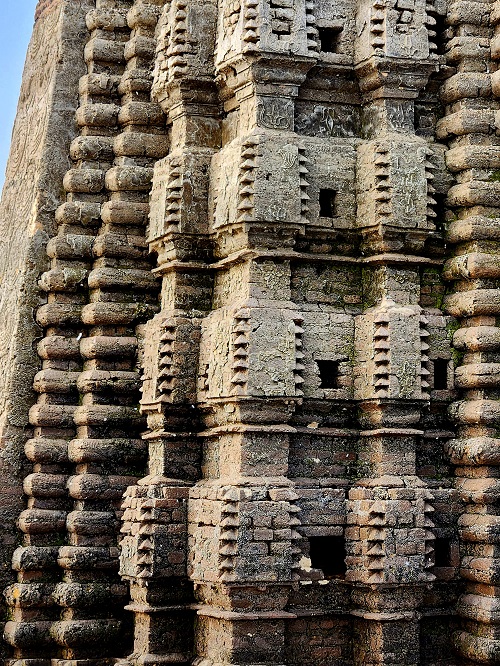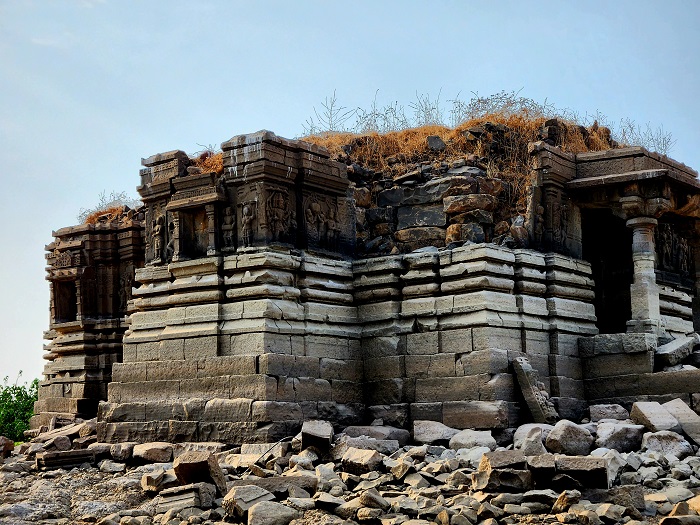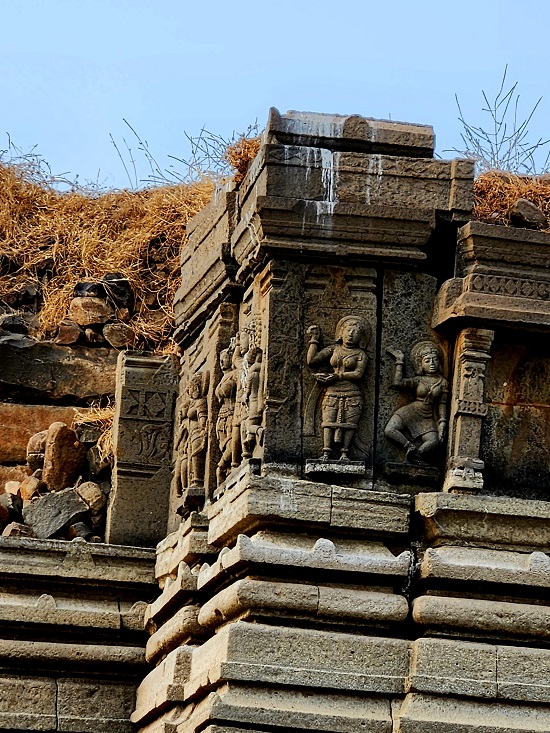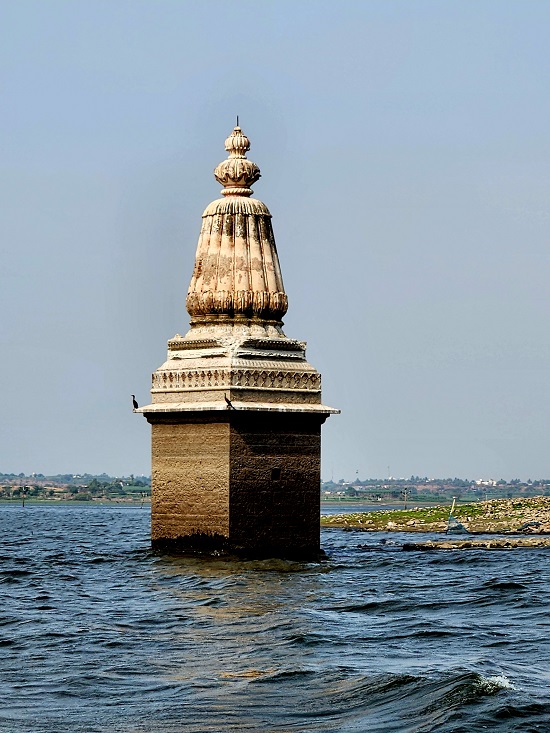The sun has not yet risen, but we are in a small boat speeding across the still waters. These are the vast wetlands of Bhigwan, haven to thousands of migratory birds. We are here, binoculars in hand, to look for the year’s last flamingos. It is early April and late in the birding year, but the birds are still there.
At this point, I have no idea that this trip is going to be extraordinary.
Several things have converged to make this a perfect moment. We would not ordinarily have been here in April, but winter has lingered in the north, and some birds have delayed their return. They will be leaving in days as summer begins to heat. Already afternoons are hot and the waters of the Ujani dam have receded enough to show us what is seen only once in several years, and sometimes not for decades. If the birds had not stayed, we would not be visiting, and if the waters had not receded, we would not be honoured with this rare sight.
First stop, as the sky lightens, is the vast flock of flamingos, pink against the dim light, hundreds of birds with their impossibly long necks and graceful strides, bright against the dark green of the shore.
We linger until three other boats get too close and the whole flock takes wing and streaks away in a low irregular line, vanishing into the sky.
Our guide, Rahul asks us, “Would you like to see some temples?” We say “yes”, having passed a small half submerged spire on the way in. I have heard of temples which were submerged when dams were built, such as the Bilaspur ones, but I have not yet seen one.
I am not expecting much, but the temple he takes us to is a complete and welcome surprise. We pass a long line of rocks which is the outer wall of the temple complex, now barely visible above the water. And there it is!
An intricate shikhar rises from the waters, beautifully carved and huge. It is not a small village shrine, the square kind you see under a tree in the sugarcane fields – this is a major temple.
(Figure 1: PalasnathTemple)
This is the Palasnath temple of Lord Shiva which belonged to the Palasdeo village. The village was relocated and is still there with a tiny population of around three thousand. But how do you relocate this massive temple which is over a thousand years old? It was built by the Chalukya kings somewhere between the ninth and twelfth century, and it was renovated and expanded in the eighteenth century by Raja Nimbalkar of Phaltan.
We don’t know exactly when it was built but we know when it was submerged. The Ujani dam released its waters in June 1980, flooding villages, temples, roads, fields and everything else for miles. The villagers moved their villages and took away the temple murtis, the Shivling and the Nandi. I can only imagine the solemn procession taking the deity to its new home.
After it disappeared in 1980, another generation grew up before it was seen again. In 2001 an exceptionally hot, dry summer caused the Bhima river to run low and the dam waters to recede. Slowly the entire temple emerged, the shikhar and lower structures, the smaller shrines, the passageways, the inner and outer walls. An exquisite frieze of the Ramayana in stone was revealed, running right around the temple walls. There are photos of it on the internet.
We did not get to see that much. Only the shikhar was above the water- the perch of a long legged, curve necked heron, home to a monitor lizard which peered out cautiously from a crack. Some carvings remain. Coiled snakes and deers run down its walls. Peacocks, trishuls, diyas and swastiks adorn its sides. The kalashat (the top) is long gone, but a line of shark heads run in a border circling the dome. This is clearly a fisherman’s temple, given over now to the most expert fisher of all, the Grey Heron.
The temple style, as the internet informed me is Hemadpanthi. The style was created by Hemadripant, the Prime Minister of the Yadavas of Devgiri. It was named Hemadpanthi after him and flourished in Maharashtra, Gujarat, Rajasthan and Madhya Pradesh.
It is an interesting and visually powerful style based on a circle and a square. The main shikhar is a circle in the center. Around it, the outer walls are star shaped, as if squares wind around the circle. It allows a lot of room for sculptures on the zig zag exterior. I can only marvel at the architectural skills of the ancients.
The shikhar is Bhumija style. Bhumija means of the earth, from which it soars into the sky. The Bhumija style has smaller shikars, kutas, running around the central one. The effect is as if you threw strings of beads from the top, and they hung all around in a beautiful curtain. In this temple you can see the stone beads, though the peacocks carved on them have eroded.
(Figure 2: Palasnath temple details)
The heron spreads its black bordered wings and flies away as we get close. It is a solitary bird used to miles of undisturbed water. Our boat is the only one visible and it has only the three of us, my sister and me and our guide, but even that is too much company for the bird.
When monsoon arrives, the heron will no longer have its perch. The waters will swallow Palasdeo, and its shark mouth carvings, and the bow bearing guards around it. I hope the resident monitor lizard we saw peering down through a crevice is able to escape by then or maybe it can swim.
The heron is winging overhead as we move to the next temple. This Sri Rama temple stands on the edge of the shore. The shikhar is gone and the whole upper part has collapsed. Grass grows from the broken bricks, giving it the outline of a shaggy haircut. It stands in a pile of rubble, broken carvings, bits of the roof and walls.
(Figure 3: Rama temple)
Not all its beauty is lost. Dancers dance eternally on its walls, musicians play their stone silent music and beautiful women stand in lonely welcome. The pile of broken stone around it shows its progressive decay. I do not know how much will be left if I come again. Once it was proud and busy. Now it is home to wildflowers growing from its cracks, and an inquisitive pigeon cocking its head at us from the roof.
(Figure 4: Rama Temple details)
I found no history about this one. Several other temples were submerged in the waters, including a Tulja Bhavani temple at Wangi, another submerged village. That was too far to visit. It may not be visible because the roof has collapsed but there are pillars below the water with inscriptions. I just hope someone records them before they are eroded beyond salvage.
Wangi also had several temples besides this one. Another village, Pedgaon had a fort with temples and sculptures and imposing structures. I do not know if that too is submerged.
The Pedgaon fort, Dharmaveergad, has an interesting story from the days of Chhatrapati Shivaji, when the Marathas and Mughals were at war. The Marathas received news that the commander of the fort, Bahadur Khan, had acquired two hundred fine horses and collected substantial wealth. They planned a raid with two thousand men. Bahadur Khan heard of the raid and left the main gate open. When the Maratha army entered, he attacked. The Marathas fled and his army followed but Bahadur Khan did not realise that this was part of the plan. Shivaji had a force of seven thousand men waiting, who entered the fort, collected the horses and wealth, and disappeared before Bahadur Khan and his army returned. What a shock it must have been for Bahadur Khan, to find both his wealth and the Marathas gone.
We pass the last temple on the way back, quite a distance away from the other two. This makes me aware that there were once villages beneath us, fields and roads and clusters of houses, which you might still discover if you took to scuba diving down those long forgotten streets at the bottom of the lake. The villagers still remember the names of the lost villages. I would have liked to look at a map of the sunken towns, but did not find one.
This temple is smaller, perhaps a gram devata at the village edge. It is a Maruti temple.
(Figure 5: Maruti temple)
Possibly a graceful old tree stood close to shade the small temple. Now it is alone in the waters. Cormorants and water birds use it as a convenient perch while looking for breakfast.
The temples still stand because they were built by people who planned structures to last. They did not use mortar or binding, which would have caused the temples to collapse into untidy piles of stone as the bindings dissolved. They built using interlocking blocks, fitting one into another. It sounds like a time and labour intensive method but they were planning for thousands of years ahead.
Though they did not know it, they were building for us, their descendants, who might take a boat ride one summer dawn and find the dreaming spires under the swift shadows of bird’s wings, and send out a silent thank you across the waves that such timeless beauty still remains, even in this crazy, frantic, hectic world.
Photo credits – Rohini Gupta
Disclaimer: The opinions expressed in this article belong to the author. Indic Today is neither responsible nor liable for the accuracy, completeness, suitability, or validity of any information in the article.

